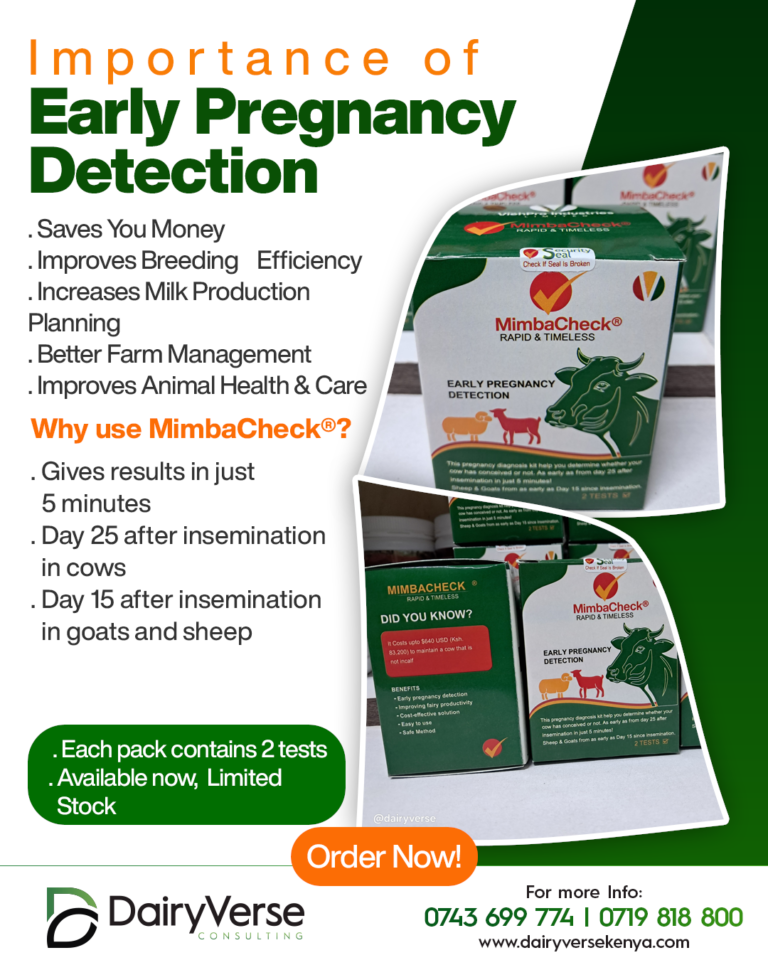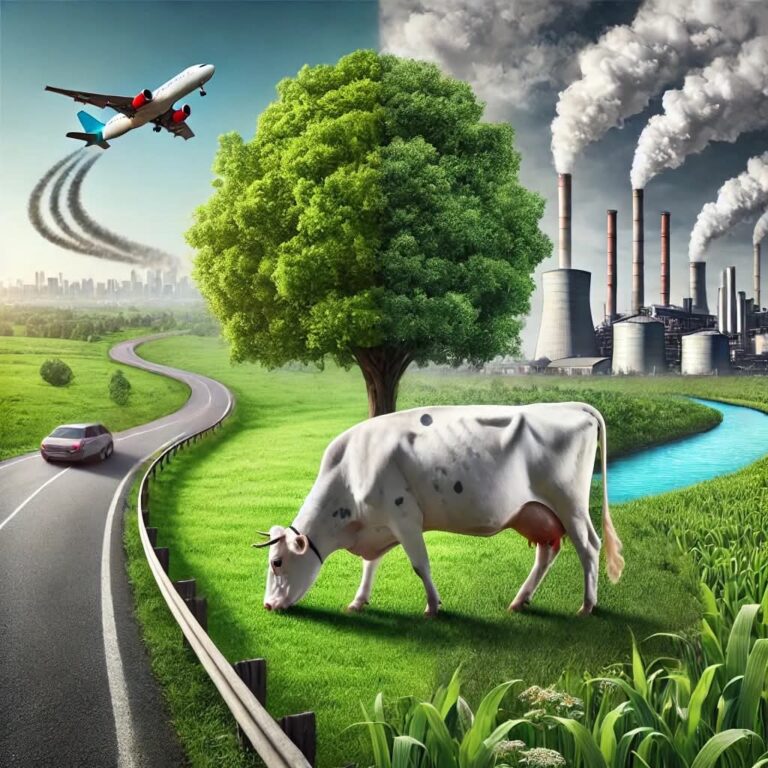Dairy Farming As An Investment
Investment definition is an asset acquired or invested in order to build wealth and save money from the hard earned income or appreciation. Investment meaning is primarily to obtain an additional source of income or gain profit from the investment over a specific period of time. (According to Maxlife Insurance).

What do you take your farming venture for? – An investment or a gamble?
A gamble is a risky action taken with the hope of success. The expectations can be unrealistic a gambler’s mind. Let me bring the concept home. When you take your hard-earned income to buy a good dairy cow, you expect to get milk to sell daily and earn some profit and the cow to retain and increase her value. This is similar to majority of investment asset classes like shares where you expect dividends (milk) – some portion of profits and capital gains as the value of the share increases say from 30 to 45 Kenyan shillings. This typically takes place within a specified period of time. In majority of asset classes globally, the returns fall anywhere between 6 and 15% annually in conventional markets take a case of Safaricom shares or returns from your favourite Money Market Fund. But do you know that the returns of a dairy farm range from 25% to 35%. Return is a profit from an investment.

How do you get a profit?
According to Investopedia, Profit is calculated as total revenue less total expenses. For accounting purposes, companies report gross profit, operating profit, and net profit (the “bottom line”). Majority of dairy farmers rarely look at their ventures in this angle. This presents disappointment as they expect extraordinary profits as is the case in gambling. They fail to plan better in terms of operating expenses like feeding costs, veterinary costs and labour. As a result of poor planning and forecast, failure rate of these ventures increases.
Mindset shift that we require;
We must start looking at dairy farming holistically as an investment. We have to invest with a purpose and be realistic in our approach. Let us appreciate that money grows slowly as it has been depicted by data from various sources and we shouldn’t expect astronomical returns within a short period of time.We must be well prepared before starting dairy investments and mobilise enough capital to cater for the cashflow needs to enable us realise a dividend or capital gain. Picture this, feeding costs can go as high as 60% of the total monthly income. Majority of farmers in Githunguri put it as 50% for the cow and 50% for the owner in well managed operations.
What makes majority of dairy farms to fail?

Our research and experience working in various farms across the country indicate that majority of the farms fail as a result of cashflow shortfalls simply put, shortage in vash to offset short-term financial obligations. Sometimes the owner might have underestimated the cost of the operation leading to the shortfall. A rule in investments: High return ventures potentially hold high levels of risk. In a dairy farm, its not different. One missed step leads to cascadence other dangerous events. Take an instance of lack of concentrates or mineral licks for a week, this immediately cuts your dividends (milk) almost instantenously touches the capital gains or the value of your herd through emaciation, silent heat, slow growth rate in calves and losses due to milk fever among other vices. You will realise that you might fail to vaccinate your herd in good time due to lack of enough cash, an event that will lead to unfolding of other significant losses.
What are the practical tips to enhance chances of success in dairy investments?
At a producer’s level, it is important to understand that dairy farming is an investment and not a gamble. Do not expect astronomical returns. Dairy investments provide higher returns than most asset classes. Furthermore, the world population is growing as well as increase in living standards pushing consumption of dairy products higher day in day out, we have more mouths to feeds and thus the business opportunity. Adopt the right mindset understanding that you are out and about increasing the value of your seed capital through capital gains (herd expansion and value appreciation) and benefiting from dividends (milk proceeds). Money grows slowly. We are not advocating for limitation mindset:- We actually want you to experience abundance through the 7th wonder of the world, the power of compounding by giving your investment time to turn around. Compounding will be realized through getting a calf every year, calves and heifers growing faster, increase in in milk volumes, appreciation of the value of your farm by upgrading your genetics and increased turnovers from sales of bulls and breeding heifers. Get your capital structure in order. Being overly indebted a major cause of limitation in scalability and expansion of your venture.
You need more patient capital to succeed in any investment. The reasons being to help you keep up with cashflow cycles. The cash flow cycle measures how long it takes for a firm to recover cash that it invests in ongoing operations. Take an example an intention to keep 3 dairy cows each that costs Ksh. 150,000/= (most probably incalf heifers), assuming that you have land and have planted fodder, the other costs will be construction of the cow shed at a cost of Ksh. 200,000/=, you will need to set aside labour expenses for about 6 months, Ksh. 72,000/= and concentrates for a similar period (24 bags of dairymeal and 80 Kg mineral licks) a total of Ksh. 100,000/=. This is using a Kenyan concept that supports the argument (Waanze kujilisha) for the herd/business to take care of its own expenses from milk proceeds. You will have mobilized Ksh. 182,250/= by the 6th month having sold 4,050 Litres of milk from the herd assuming that the waiting periods for the heifers to calf down were varied. Don’t forget that for the next 6 months you will need to raise the calves, feed the milking herd, breed them, vaccinate and have them checked by your veterinarian. This simply means an additional Ksh. 178,000/= will be consumed to keep the farm up and running. To summarise, you will need a total of 1 Million Kenyan Shillings to run a herd of 3 heads of cattle for a year assuming that your fixed and variable costs will only be concentrates, mineral licks, cowshed construction, purchase of the incalf heifers, veterinary costs, raising calves, and zero fodder purchases.
So whats the return?
The maximum net revenues you can generate in the first year will be Ksh. 364,500/=. But another problem will present itself when it comes to management of the lactation cycles because past 305 days into lactation, production significantly drops and the animal should have been served by day 60 into lactation in order to have them dry for 2 months and then resume lactation. This makes our returns on the investment fall between 25 and 35% per year, the monthly net revenues are approximately Ksh. 30,000/=. This means that you can’t afford credit that requires you to pay an installment that is more than Ksh. 20,000/= per month and take home Ksh. 10,000/=. This caps your reliance on debt to maximum of 25% of your total investment. Since majority of financial institutions will give a loan repayable in a year.
IT IS OF UTMOST IMPORTANCE TO TREAT YOUR VENTURE AS AN INVESTMENT, NOT A GET-RICH-QUICK SCHEME. You will need to give your investment a minimum of 2½ years with proper capital structure and efficient management to recoup your investment by maximising your revenue streams from milk sales, sales of incalf heifers, young bulls, sale of surplus fodder and the expansion the herd.
Now that I’m already in the mix, how will I save myself?
Start by increasing your income or revenues. This is achievable through working on your cows at an individual level to ensure that they gain perceived value to unlock value incase you wish to sell some and increase milk yield that will increase milk sales revenue. Use of our strategic supplement, Booster+® will help you unlock this value in 54 days. Additionally, for the incalf cows and heifers, increasing their capacity to produce more milk and hold more value, steaming them up using Tranzpro® will help you unlock unimaginable value – more milk and better market value! This is done 18 days before and 36 days after calving. To unlock the value in compounding, start with turbocharging growth of your young heifers and bulls using Ndamaplus® for 90 days! Additionally, silent heat and delayed onset of heat is another factor holding hostage the compounding potential of herd, unlock it using Fertility+® in just 18 to 36 days!

Furthermore, work on enhancing your cashflow cycles having appreciated that you are now running an invest and not a gambling match. The cash flow cycle measures how long it takes for a firm to recover cash that it invests in ongoing operations. Keep your debt to asset ratio as low as possible. You need more patient capital. Have a plan on your exponential growth and generate a long-term strategy for your dairy business. Do not hold majority of your capital in assets that won’t generate a return like a cow shed, go for a simpler structure and invest more in highly liquid assets like a dairy cow. Produce sufficient fodder even before you being dairy cows onboard.
There are more advanced investment concepts in dairy farming like Dairy Futures in more advanced markets. Dairy futures are standardized contracts that obligate the buyer to purchase, and the seller to deliver, a specific quantity of a dairy product at a predetermined price on a future date. These contracts are traded on commodity exchanges, providing a mechanism for price discovery and risk management. Dairy futures help stabilize prices by allowing market participants to lock in prices ahead of time, protecting themselves against price fluctuations. These contracts, which are traded on exchanges such as the Chicago Mercantile Exchange (CME), European Energy Exchange (EEX) and Singapore Exchange (SGX), cover a wide range of dairy products and related commodities like whole milk, dry whey, cheese among others. We look forward to our African markets developing to these levels. Luckily, Kenyan coffee exchange has kicked off and dairy exchange and commodity listing should be in the offing.







